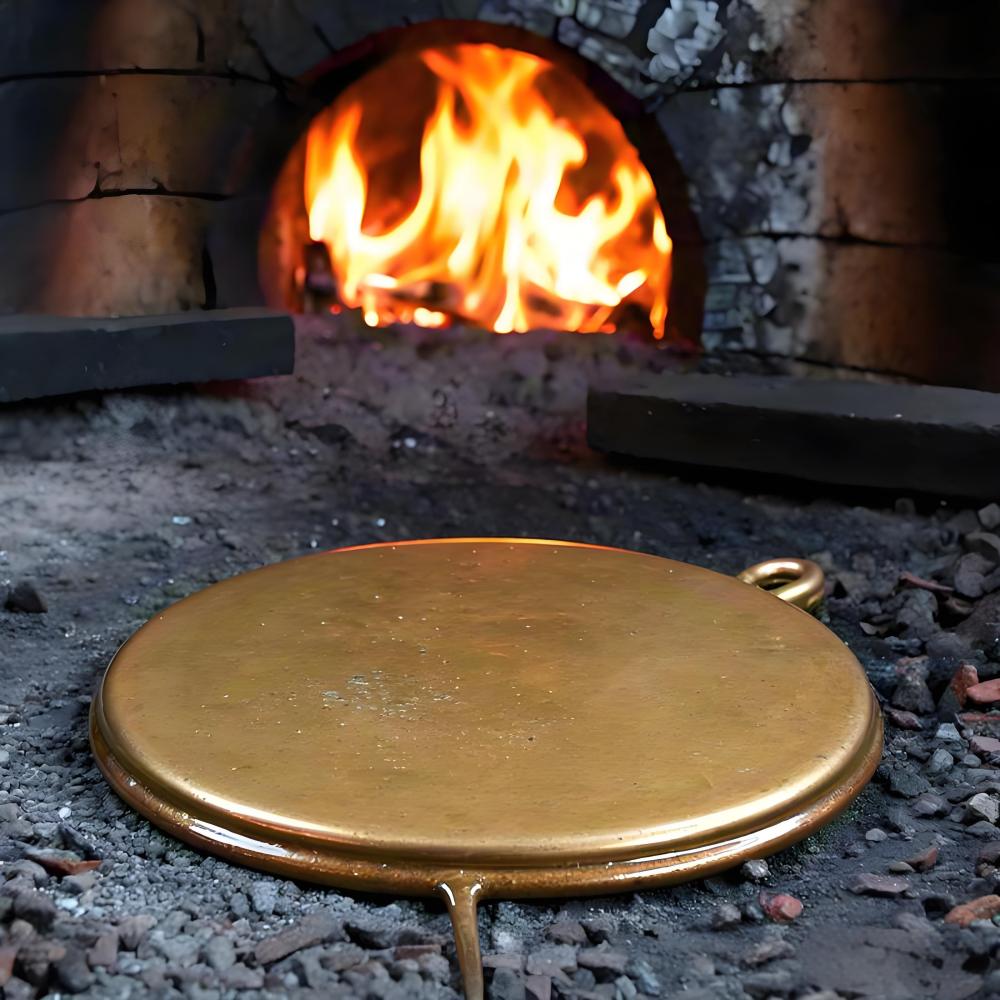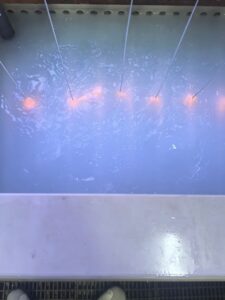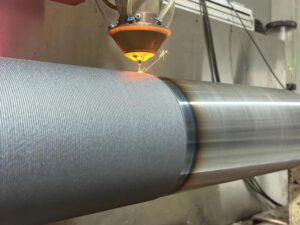Brass, a versatile alloy of copper and zinc, is a cornerstone in industries like machining, manufacturing, and craftsmanship. Its unique properties, particularly its melting point, make it a preferred material for creating durable, precise components. For international businesses seeking high-quality machined parts, understanding the melting point of brass is key to achieving optimal results. This guide explores what the melting point of brass is, why it matters, and how it impacts various applications, offering insights for professionals and enthusiasts alike.
What Is the Melting Point of Brass?
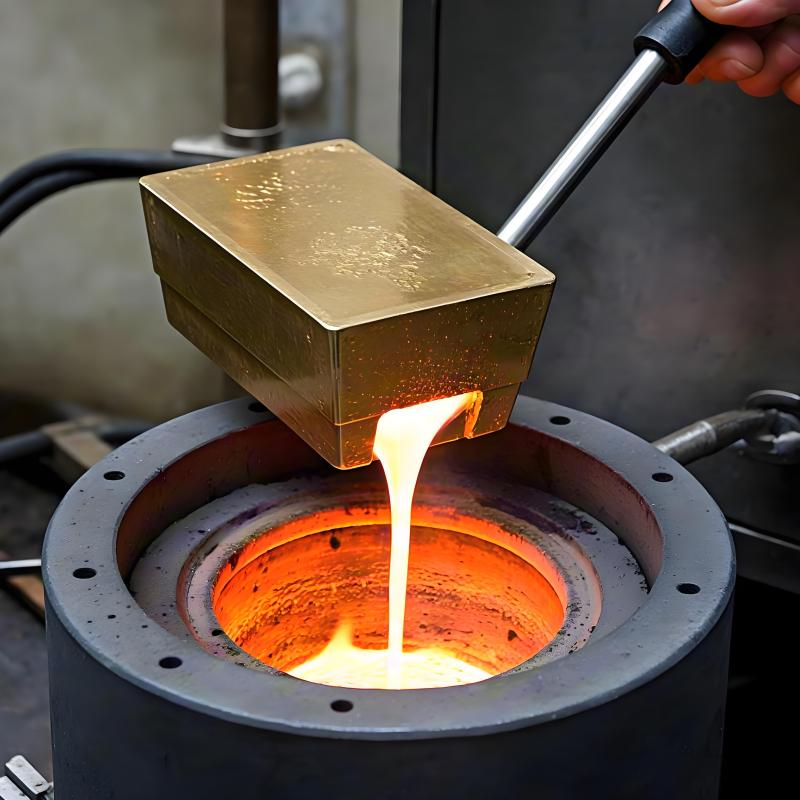
Brass, a blend of copper and zinc, is prized for its workability and aesthetic appeal. Unlike pure metals with a single melting point, brass, as an alloy, melts over a temperature range due to its composite nature. Typically, the melting point of brass falls between 900°C and 940°C (1,652°F to 1,724°F), depending on its specific makeup. This relatively low melting range compared to metals like steel or titanium makes brass easier to cast, forge, or machine, which is why it’s a favorite in precision manufacturing.
How Composition Shapes Brass Melting Temperatures
The proportion of copper to zinc in brass significantly affects its melting behavior. Higher copper content pushes the melting point closer to copper’s 1,085°C (1,985°F), while more zinc lowers it toward zinc’s 419.5°C (787.1°F). Additional elements like lead, tin, or aluminum, often included for specialized properties, can further tweak this range. For machinists, knowing the exact composition of a brass alloy ensures accurate temperature control during processing, leading to better outcomes.
Melting Point Ranges of Common Brass Alloys
Different brass alloys, tailored for specific uses, exhibit unique melting ranges. Below are some widely used types and their approximate melting temperatures, crucial for selecting the right material for a project.
Cartridge Brass (Alpha Brass)
Cartridge brass (C26000), with about 70% copper and 30% zinc, melts between 920°C and 940°C (1,688°F to 1,724°F). Its excellent ductility makes it ideal for ammunition casings, fittings, and decorative pieces, where precision and formability are key.
Naval Brass
Naval brass (C46400), infused with a small amount of tin for corrosion resistance, has a melting range of 885°C to 910°C (1,625°F to 1,670°F). Its durability in harsh environments, like saltwater, makes it perfect for marine hardware, such as propeller shafts.
Free-Cutting Brass
Free-cutting brass (C36000), enhanced with lead for machinability, melts around 900°C to 920°C (1,652°F to 1,688°F). This alloy is a go-to for producing intricate parts like screws, valves, and gears, where precision machining is critical.
High-Strength Yellow Brass
High-strength yellow brass, with a higher zinc content (around 35%), has a melting range of 905°C to 925°C (1,661°F to 1,697°F). Its robustness suits applications requiring both strength and corrosion resistance, such as plumbing fittings.
Why Is the Melting Point of Brass Important?
The melting point of brass is more than a technical detail—it’s a critical factor that influences manufacturing efficiency, product quality, and cost-effectiveness. Here’s why it’s vital for machinists and manufacturers.
Ensuring Precision in Casting
In casting, brass must reach its molten state to fill molds accurately. Too low a temperature can lead to incomplete casts, while excessive heat risks oxidation or mold damage. Knowing the melting range ensures flawless, high-quality casts every time.
Optimizing Machining Processes
For machining, the melting point guides tool selection and cooling strategies. Brass’s lower melting point reduces tool wear compared to harder metals, but overheating must be avoided to maintain the material’s integrity during cutting or shaping.
Boosting Energy Efficiency
Brass’s moderate melting range requires less energy to process than high-temperature metals like steel. This energy efficiency translates to cost savings, making brass a smart choice for manufacturers aiming to balance quality and economy.
Factors Influencing Brass Melting Temperature
Several variables can shift the melting temperature of brass, impacting how it’s handled in industrial settings. Understanding these factors helps machinists achieve consistent, high-quality results.
Alloy Composition Variations
The copper-zinc ratio is the primary driver of brass’s melting point. Trace elements like lead or tin, added for specific properties, can subtly alter this range. For instance, leaded brass may melt slightly lower than non-leaded varieties.
Impact of Impurities
Impurities, such as unwanted metals or non-metallic elements, can disrupt the melting process. High-purity brass ensures predictable melting behavior, which is essential for precision applications like aerospace or medical device manufacturing.
Heating Conditions
The rate of heating and the environment (e.g., oxygen-rich or inert atmosphere) affect how brass melts. Slow, controlled heating promotes uniformity, while an oxygen-rich setting may cause oxidation, altering the alloy’s properties.
Equipment Precision
Accurate furnaces and torches are vital for reaching the correct melting temperature. Miscalibrated equipment can lead to overheating or underheating, compromising the quality of the final component.
Applications of Brass Melting Point in Industry
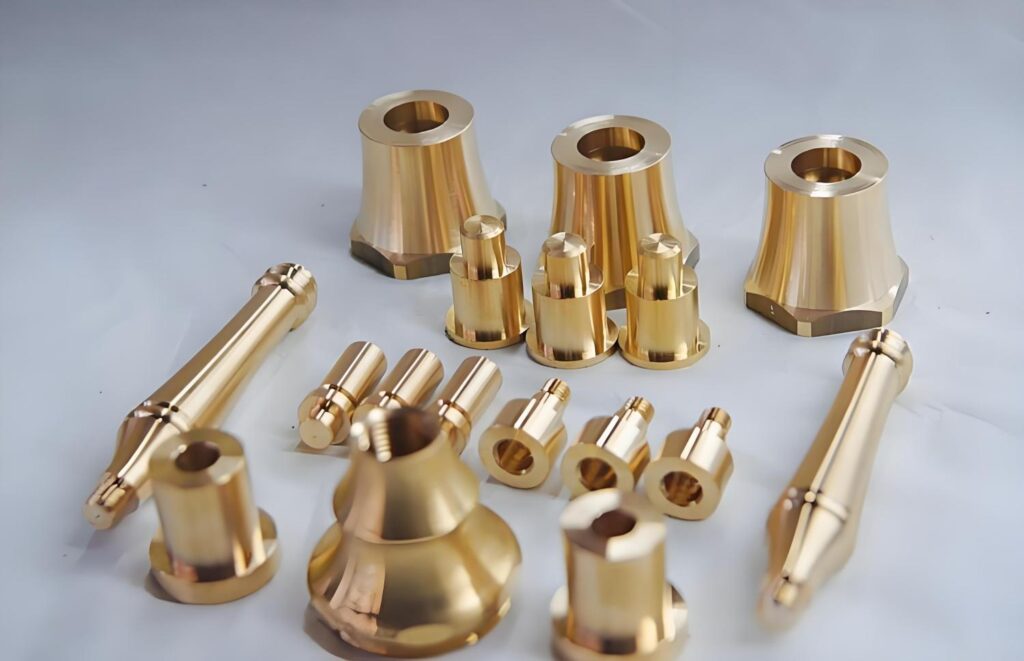
The melting point of brass underpins its use across diverse industries, from heavy manufacturing to delicate craftsmanship. Here are some key applications where this property shines.
Casting and Molding Excellence
Brass’s manageable melting range makes it ideal for casting complex shapes, like valves, fittings, or ornamental hardware. Precise temperature control ensures smooth flow and detailed results, critical for both functional and decorative parts.
Forging and Shaping
In forging, brass is heated just below its melting point to become pliable, allowing manufacturers to form rods, sheets, or custom shapes without losing structural strength. This process is common in creating robust industrial components.
Precision Machining
In machining, brass’s melting point informs tool choice and cooling needs. Free-cutting brass, with its favorable melting range, is especially valued for producing high-precision parts like connectors, bolts, and gears with minimal tool wear.
Artistic Creations
Craftsmen leverage brass’s melting point to cast intricate jewelry, sculptures, or architectural accents. Its ability to hold fine details when melted and molded makes it a favorite for artistic endeavors.
Sustainable Recycling
Brass’s low melting point supports efficient recycling. Scrap brass can be melted and reformed with minimal energy, making it an eco-friendly choice for sustainable manufacturing practices.
Why Choose Precionn for Brass Machining?
Brass remains a vital material across industries, thanks to its balance of durability, machinability, and thermal properties. With a melting point that typically ranges between 900°C and 940°C, brass can be adapted for countless applications—from plumbing and marine equipment to decorative arts and electronics.
For companies seeking machining expertise, it’s not only important to understand the materials being used but also to rely on professionals who can handle them with precision. Precionn is dedicated to delivering high-quality machining solutions for international customers, backed by a deep understanding of materials like brass and their performance under heat. Whether it’s custom components or large-scale manufacturing, Precionn ensures reliable and precise results.

